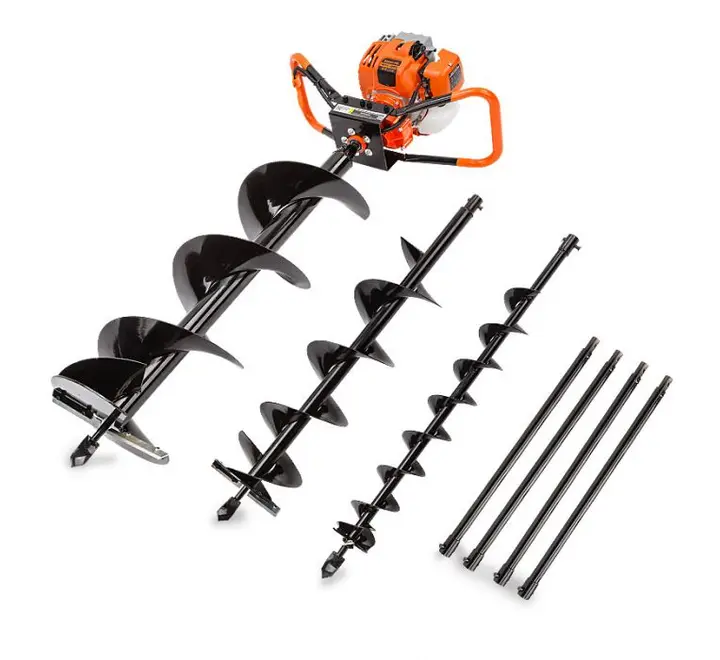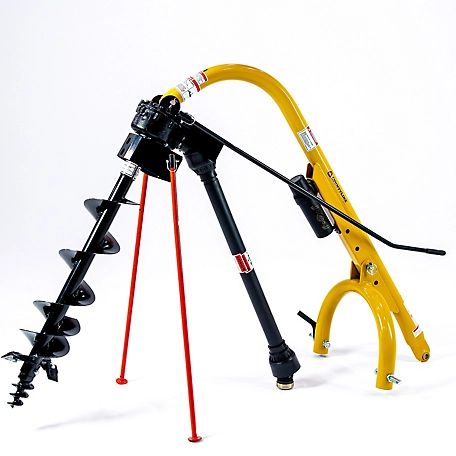Product Description
Hyundai R220-9 Excavator
The excavator mainly carries out the ground excavation and loading, and can also carry out land leveling, slope repairing,lifting, crushing, demolition, ditching and other operations. It can be widely used in road construction, bridge construction,urban construction, airport port and water conservancy construction. And the excavator has all the functions of bulldozer, loader,crane, etc., which can replace these mechanical work.
Product Description
No oil Leaking and Smoking
Powerful Engine and Good Pump
Clean and Beautiful Cabin
Can be Customized As Requirement
Original hydraulic system parts
Stable working hours
High working efficiency
Complete accessory
Good Pre-sale and After-sales Services
Product Details Images
Recommend Products
product/PGKUlFWHgAcY/China-Hot-Sale-13ton-Used-Hitachi-Zx130W-Wheeled-Excavator-Excellent-Durability-Japan-Original.html
product/kTxposqcYUWR/China-Hot-Sale-7ton-Used-Mini-Hitachi-Zx70-5A-Crawler-Excavator-with-Excellent-Durability.html
product/rTJphoeEsYVO/China-High-Quality-8ton-Secondhand-Hitachi-Zx80-Crawler-Excavator-on-Sale.html
Product Specifications
|
No |
Item |
Data |
|
1 |
Model |
Hyundai R220-9 |
|
2 |
Power |
118KW |
|
3 |
Bucket capacity |
0.92M³ |
|
4 |
Operating weight |
22000 KG |
|
5 |
Machine weight |
22TON |
|
6 |
Color |
Yellow |
Packing and Shipping
Packing Details:
Container or Bulk Ship or Flat Rack or Ro-Ro Ship We can make shipment for our customers if they do not own shipping agency, we can get cheapest shipping cost for our customer.This machine is delivered CHINAMFG and comes with a 5 day job site test drive and Money Back Guarantee.Test it on your job site for 5 days and return it for a full refund if you’re not completely satisfied.
Port:
ZheJiang , CHINA
Lead Time :
|
Quantity (sets) |
1 |
2-3 |
4-5 |
>5 |
|
Lead time (days) |
3 |
5 |
7 |
To be negotiated |
Company Profile
ZheJiang Walyang Construction Machinery Co., Ltd is an industry and trade integrated import and export company, its main construction machinery and equipment includes excavators, bulldozers, loaders, etc., the annual export volume reaches more than 20 million, exported all over the world.Factory is located in ZheJiang , covers an area of 2000 square meters, stores more than 100 machines and equipment, complete office facilities, excellent team.
FAQ
1.Q:How is the quality of the machine exported from your country?
A:All of the machines we export are in excellent condition and ready to work.
2.Q:What is your warranty?
A:Maintenance of 1 year.
3.Q:What is your payment?
A:Usually T/T(30%deposit+70%balance),other payment can negotiate.
4.Q:What is your delivery time?
A:3-5 working days after receiving deposit.
5.Q:Do you have any certificates about your products?
A:All the machines are verified by IS.
6.Q:why should you buy from us not from other suppliers?
A:high quality cheap price owner of the machines ,without middle persons honesty and good experience for shipment and exports.
/* January 22, 2571 19:08:37 */!function(){function s(e,r){var a,o={};try{e&&e.split(“,”).forEach(function(e,t){e&&(a=e.match(/(.*?):(.*)$/))&&1
| Automatic Grade: | Full-Automatic |
|---|---|
| Warranty: | 1 Year |
| Machine Weight: | 22000 Kg |
| Power: | 110kw |
| Engine: | Cumminss |
| Engine Model: | Qsb6.7 |

Can you provide examples of projects or applications that require a post hole digger?
Post hole diggers are versatile tools that find application in various projects and tasks that involve digging holes. Here are some examples of projects or applications that commonly require the use of a post hole digger:
- Fence Installation: When installing fences, post hole diggers are essential for digging holes to secure the fence posts. Whether it’s a wooden, metal, or vinyl fence, a post hole digger allows for precise and consistent hole digging, ensuring the stability and longevity of the fence.
- Deck or Patio Construction: Building a deck or patio often involves setting support posts into the ground. Post hole diggers are used to excavate holes for these posts, ensuring that they are properly anchored and provide a solid foundation for the structure.
- Signage or Street Lighting Installation: In projects involving the installation of signage, street lights, or other outdoor fixtures, post hole diggers are employed to dig holes for the supporting posts. This ensures that the signs or lights are securely mounted and can withstand external forces and weather conditions.
- Landscaping and Gardening: Post hole diggers are useful for various landscaping and gardening tasks. They can be used to dig holes for planting trees, shrubs, or large plants, allowing for proper root growth and stability. Additionally, post hole diggers are employed in installing garden trellises, arbors, or pergolas.
- Flagpole Installation: When erecting flagpoles, post hole diggers are utilized to dig the holes for the flagpole base. This ensures that the flagpole stands upright and remains stable, even in windy conditions.
- Foundation Repair: In certain foundation repair projects, post hole diggers are employed to excavate holes around the foundation for the installation of support piers or foundation underpinning. These holes allow access to the foundation, facilitating the repair or reinforcement process.
- Utility Pole Placement: Post hole diggers are commonly used in utility pole installation, where holes need to be dug to accommodate the poles. This is crucial for the installation of power lines, telephone lines, or other utility infrastructure.
- Building Construction: Post hole diggers play a role in various construction projects, such as the installation of structural supports for small buildings, sheds, or pergolas. They are used to dig holes for the support posts, ensuring a stable and secure structure.
These examples demonstrate the diverse range of projects and applications where post hole diggers are essential tools. Whether it’s for residential, commercial, or industrial purposes, post hole diggers enable efficient and accurate hole digging, contributing to the successful completion of various construction, landscaping, and installation projects.

How do post hole diggers handle variations in hole diameter and depth?
Post hole diggers are designed to handle variations in both hole diameter and depth, providing flexibility and adaptability for different project requirements. Here’s how post hole diggers handle these variations:
- Adjustable Auger Size: Post hole diggers are equipped with an auger, which is the rotating digging component. Many post hole diggers feature interchangeable auger bits of different sizes. These auger bits come in various diameters, allowing users to select the appropriate size for the desired hole diameter. By swapping out the auger bits, post hole diggers can easily handle variations in hole diameter to accommodate different project needs.
- Telescoping or Extension Shafts: Some post hole diggers come with telescoping or extension shafts. These shafts can be adjusted in length to extend the reach of the digger, enabling users to dig holes at different depths. By extending or retracting the shaft, post hole diggers can handle variations in hole depth, allowing for deeper or shallower holes as required by the specific project.
- Adjustable Depth Control Mechanisms: Many post hole diggers incorporate adjustable depth control mechanisms. These mechanisms allow users to set the desired depth of the hole before starting the digging process. By utilizing depth control features such as depth collars or depth stoppers, operators can ensure consistent and accurate hole depths throughout the project, even when dealing with variations in terrain or soil conditions.
- Graduated Markings or Measurements: Some post hole diggers have graduated markings or measurements on the shaft or handle. These markings provide a visual reference for the operator to gauge the depth of the hole while digging. By referring to the measurements, users can monitor and adjust the depth as needed, ensuring precise control over variations in hole depth.
- Manual or Powered Operation: Post hole diggers are available in both manual and powered versions. Manual post hole diggers require the operator to exert physical force to dig the hole, offering fine control over the digging process. Powered post hole diggers, such as those driven by gas engines or electric motors, provide additional power and speed, making it easier to handle variations in hole diameter and depth more efficiently.
- Operator Technique: The operator’s technique also plays a role in handling variations in hole diameter and depth. Experienced operators can skillfully manipulate the post hole digger to achieve the desired dimensions. By controlling the angle, position, and movement of the digger, operators can adapt to variations in the terrain, soil conditions, and project requirements, effectively managing changes in hole diameter and depth.
By incorporating features such as adjustable auger size, telescoping or extension shafts, adjustable depth control mechanisms, graduated markings or measurements, and offering both manual and powered options, post hole diggers provide the means to handle variations in hole diameter and depth. Additionally, the operator’s technique and skill contribute to achieving precise and consistent results, ensuring that the post hole digger can effectively adapt to the specific requirements of different projects.

What are the key components of a manual post hole digger?
A manual post hole digger consists of several key components that work together to facilitate the digging process. Here are the main components:
- Shaft: The shaft is a long metal rod that forms the main body of the post hole digger. It provides the structural support and stability while digging. The shaft is typically made of steel or another durable material to withstand the forces exerted during digging.
- Handles: At the top of the shaft, there are two handles positioned opposite each other. The handles are designed for the operator to grip and apply downward force while digging. They provide leverage and control, allowing the operator to maneuver the post hole digger effectively.
- Auger Blades: The auger blades are the cutting or digging elements of the post hole digger. They are attached to the bottom end of the shaft and are responsible for penetrating the ground and removing soil. Auger blades are typically made of hardened steel to withstand the abrasive nature of soil and provide durability.
- Blade Spacing: The spacing between the two auger blades is an important aspect of a manual post hole digger. It determines the width of the hole being dug. The blade spacing can vary depending on the specific model or intended use of the digger.
- Twist or Spiral Design: The auger blades are shaped in a twist or spiral pattern. This design allows them to efficiently move through the soil as they rotate. The twisting motion helps break up the soil and facilitates the removal process.
- Blade Point: The bottom end of each auger blade usually comes to a sharp point. This point helps initiate the penetration into the ground, allowing the blades to start digging and create a hole.
When using a manual post hole digger, the operator grips the handles, positions the auger blades at the desired location, and applies downward force while simultaneously twisting the digger. This action drives the blades into the ground, loosening the soil. The operator then lifts the digger out of the hole, bringing the loosened soil to the surface.
By understanding the key components and their functions, operators can effectively utilize a manual post hole digger to dig holes for various purposes.


editor by CX 2024-04-04